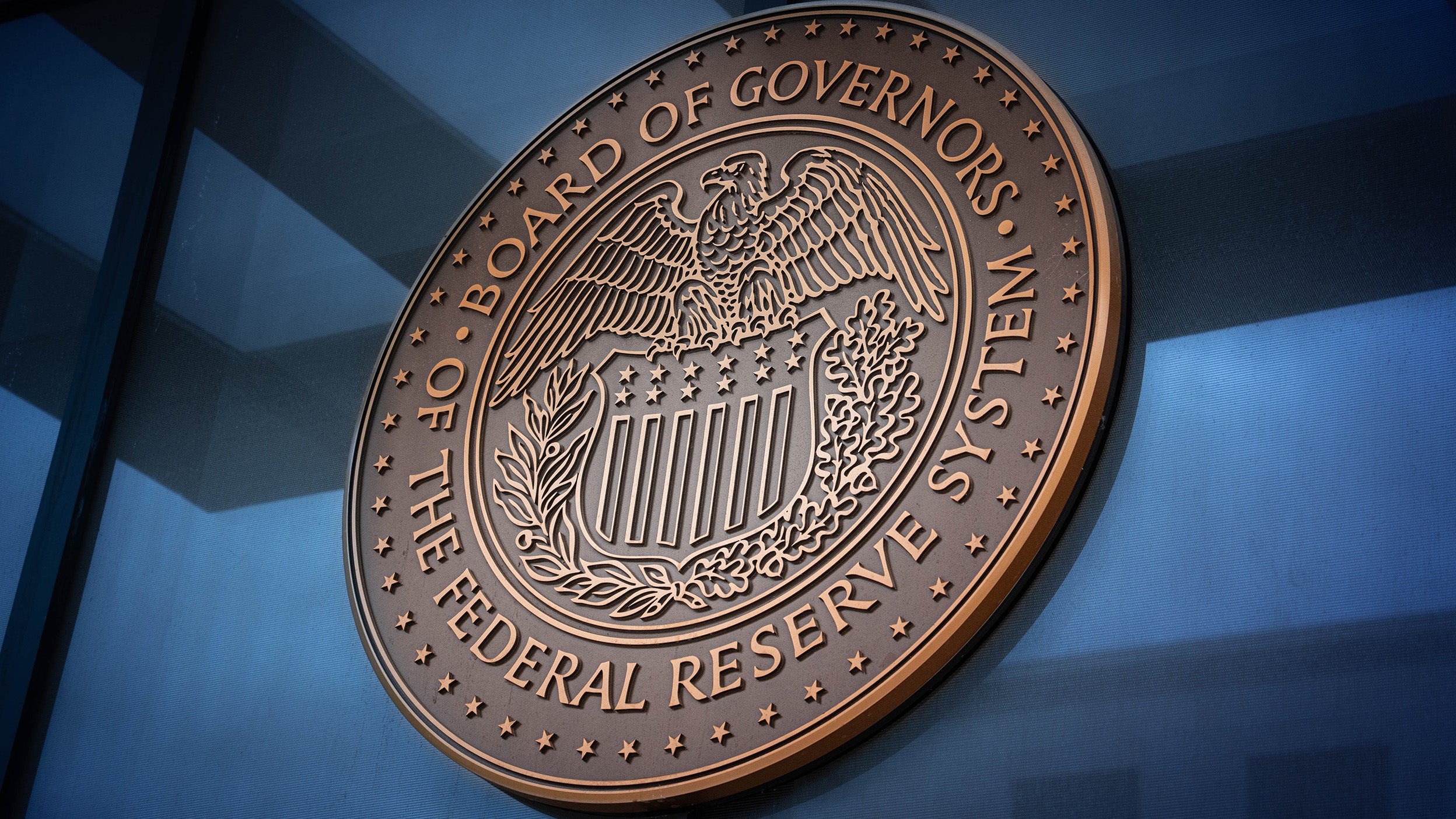
Markets and Economy Navigating Fed monetary policy uncertainty and the markets
A rate cut, which markets are pricing in despite Fed member differences, and an expected improving economy in 2026, could support stocks.

The US Court of International Trade ruled unanimously that President Trump overstepped his power and declared the majority of his tariff hikes to be invalid.
The court ruling doesn’t apply to product-specific tariffs, such as those on steel, aluminum, vehicles, and other products still being discussed.
While the recent court ruling may have chipped away at Trump’s negotiating hand, he still has other trade levers to pull to enact his tariffs.
In an unexpected twist, a three-judge panel of the US Court of International Trade ruled unanimously that President Trump overstepped his power and declared the majority of his tariff hikes to be invalid. And in another twist, the US Court of Appeals, responding to an appeal by the Trump administration, paused that decision until it can hear further legal arguments. The losing party is likely to appeal to the US Supreme Court.
As a backdrop, Trump declared the US fentanyl crisis and trade deficit to be national emergencies and imposed tariffs under the International Emergency Economic Powers Act (IEEPA). The federal court ruled that Trump lacked the authority to impose fentanyl-related tariffs on Canada, Mexico, and China, as well as tariffs that were announced on “Liberation Day.”
The court ruling doesn’t apply to product-specific tariffs, such as those on steel, aluminum, vehicles, and other products still being discussed, including semiconductors, pharmaceuticals, and aircraft. These have been imposed under a different, standard trade law and are likely to remain in place.
This ruling will certainly impact ongoing trade negotiations between the US and many countries. We are already long in the tooth in the 90-day tariff pause and only a few countries have inked trade deals with the US despite the looming July 8 deadline. We wouldn’t be surprised to see a delay in trade deal announcements as countries take a wait-and-see approach on what the final ruling from a higher court will be.
It could be interpreted that Trump has been handed a losing card from the courts, that his negotiating leverage with other countries has been diminished, and that his administration is more likely to make deals. However, the light at the end of the tariff tunnel could be an oncoming train.
It’s entirely possible that the Supreme Court rules in Trump’s favor, handing him back the power granted under the IEEPA. And even if the final judgement goes against the administration, Trump still has other trade levers to pull to enact his tariffs, specifically under Sections 122, 201, 338, 232, or 301 of US trade acts.
While the recent court ruling may have chipped away at Trump’s negotiating hand, we don’t believe that it reduces any uncertainty related to the ongoing tariff developments. It’s possible that we could see Trump escalate trade tensions further in response to the court’s ruling against him. It’s this uncertainty of not knowing what’s going to happen next that we fret about the most as it’s likely to reduce both business and household sentiment, which could lead to diminished capital expenditures and consumption behavior.
Our base case remains that we continue to be in a market environment punctuated by escalating and de-escalating tariff measures. Markets have recently rallied due to a “tariff de-escalation” narrative, though we continue to be wary of the economic headwinds to both growth and inflation that increased tariffs could bring.
Non-US assets have been increasingly attractive and may be poised for continued outperformance, in our opinion. We view this as an opportunity to diversify portfolios across regions and asset classes as well as to reduce concentrations. This may help weather volatility and also benefit from potential upside surprises.

A rate cut, which markets are pricing in despite Fed member differences, and an expected improving economy in 2026, could support stocks.

We believe global equities may continue to rise in the new year, and we expect new opportunities to be unlocked as market leadership evolves.

Get insight on the recent sell-off in the artificial intelligence trade, the potential for a Santa Claus rally, and the K-shaped economy.


Get the latest information and insights from our portfolio managers, market strategists, and investment experts.
Important disclosures
NA4540652
Image: Karl Hendon / Getty
All investing involves risk, including the risk of loss.
Past performance does not guarantee future results.
The United States Court of International Trade (CIT) is a federal court established under Article III of the Constitution. It has exclusive jurisdiction over civil actions involving international trade and customs laws, including those against the US government. The court's jurisdiction extends to all US locations and it can even hold hearings in foreign countries.
This does not constitute a recommendation of any investment strategy or product for a particular investor. Investors should consult a financial professional before making any investment decisions.
The risks of investing in securities of foreign issuers can include fluctuations in foreign currencies, political and economic instability, and foreign taxation issues.
The opinions referenced above are those of the authors as of May 29, 2025. These comments should not be construed as recommendations, but as an illustration of broader themes. Forward-looking statements are not guarantees of future results. They involve risks, uncertainties, and assumptions; there can be no assurance that actual results will not differ materially from expectations.
This link takes you to a site not affiliated with Invesco. The site is for informational purposes only. Invesco does not guarantee nor take any responsibility for any of the content.